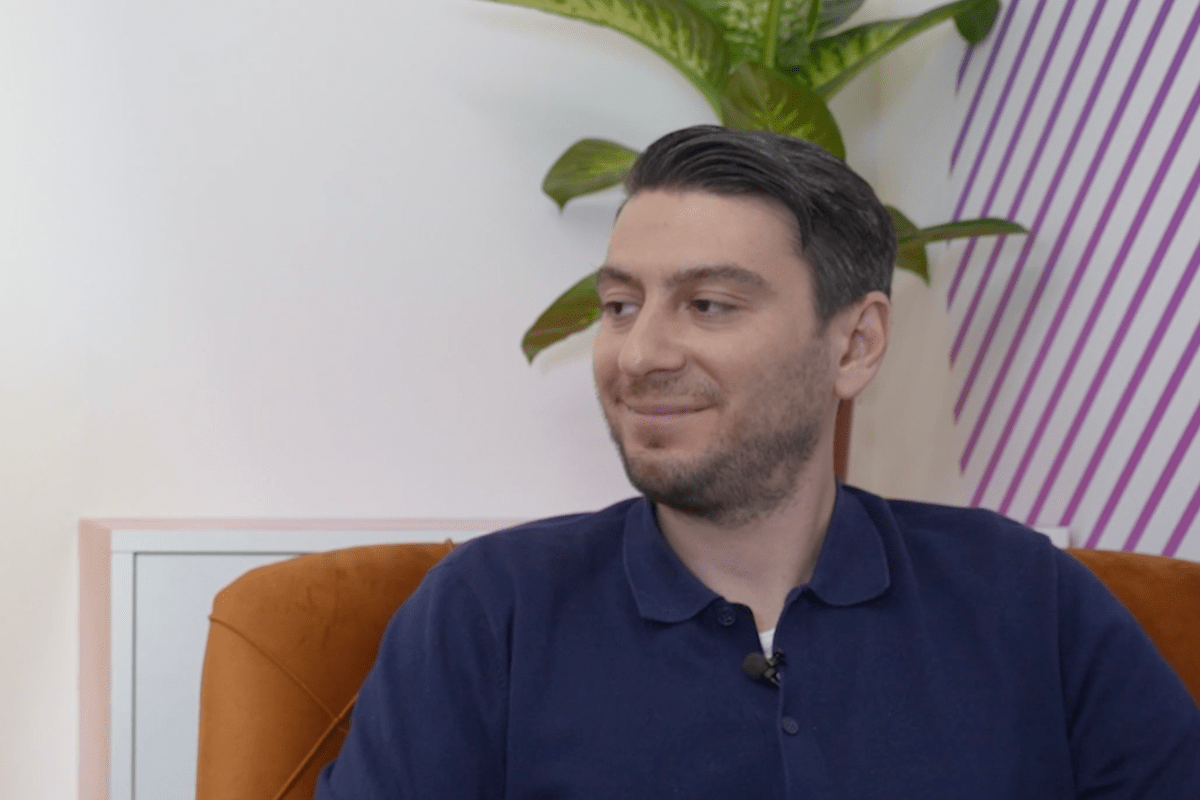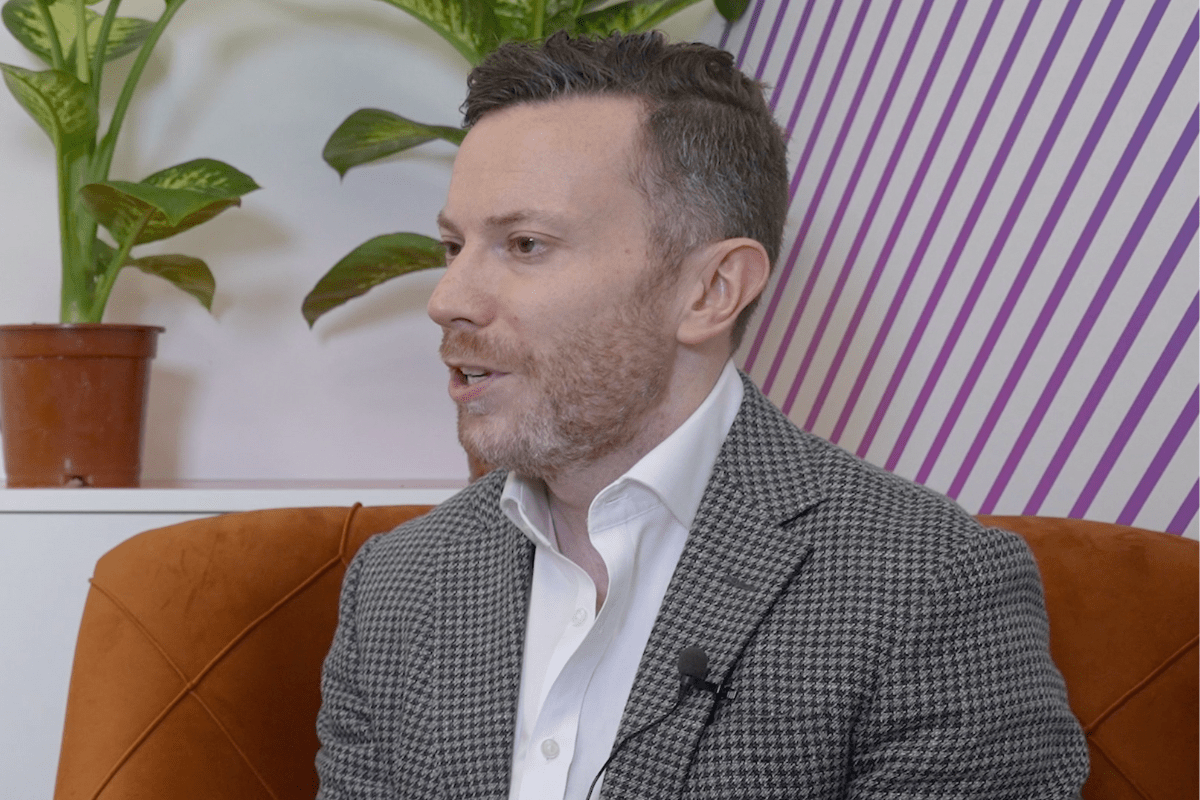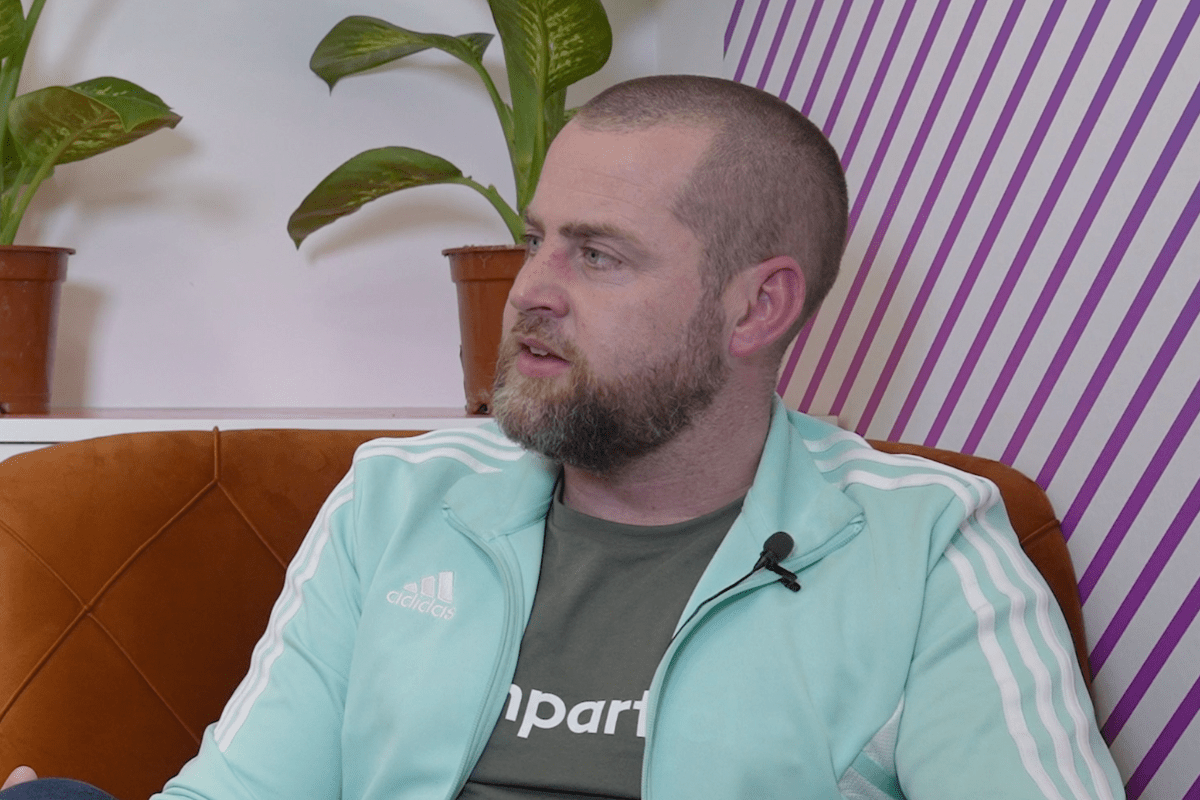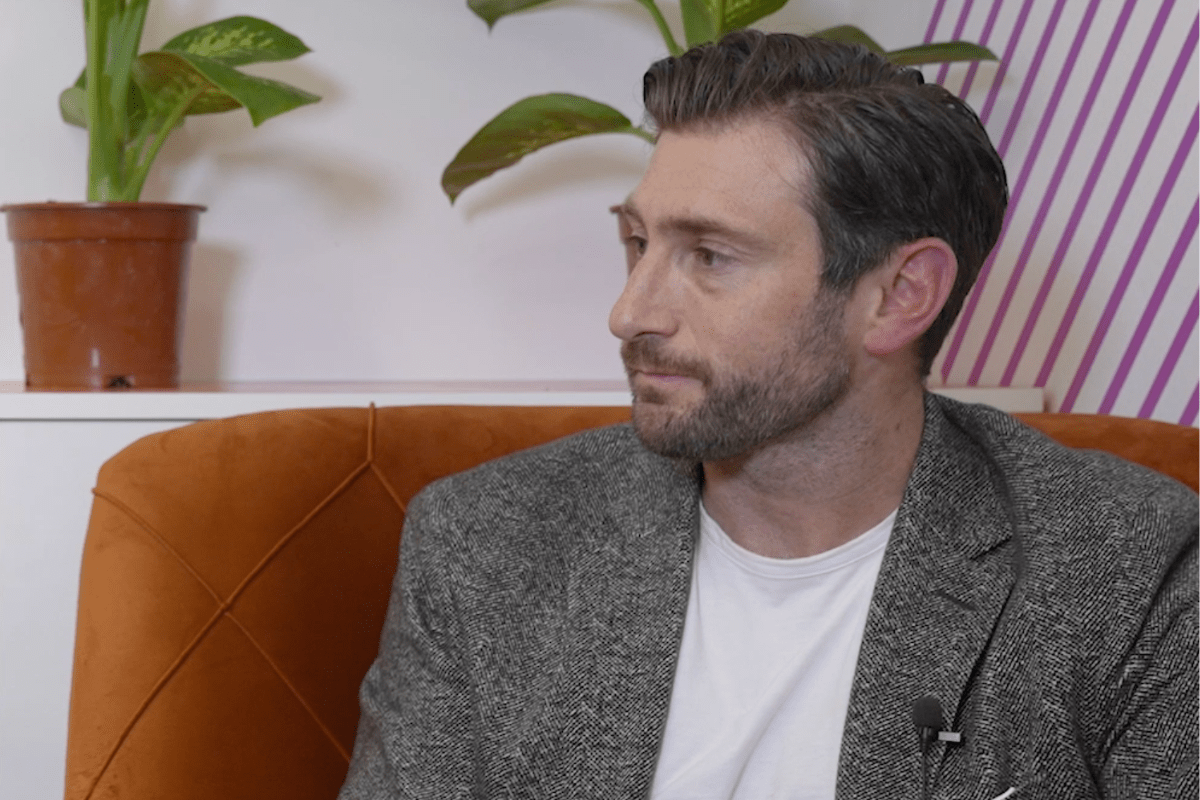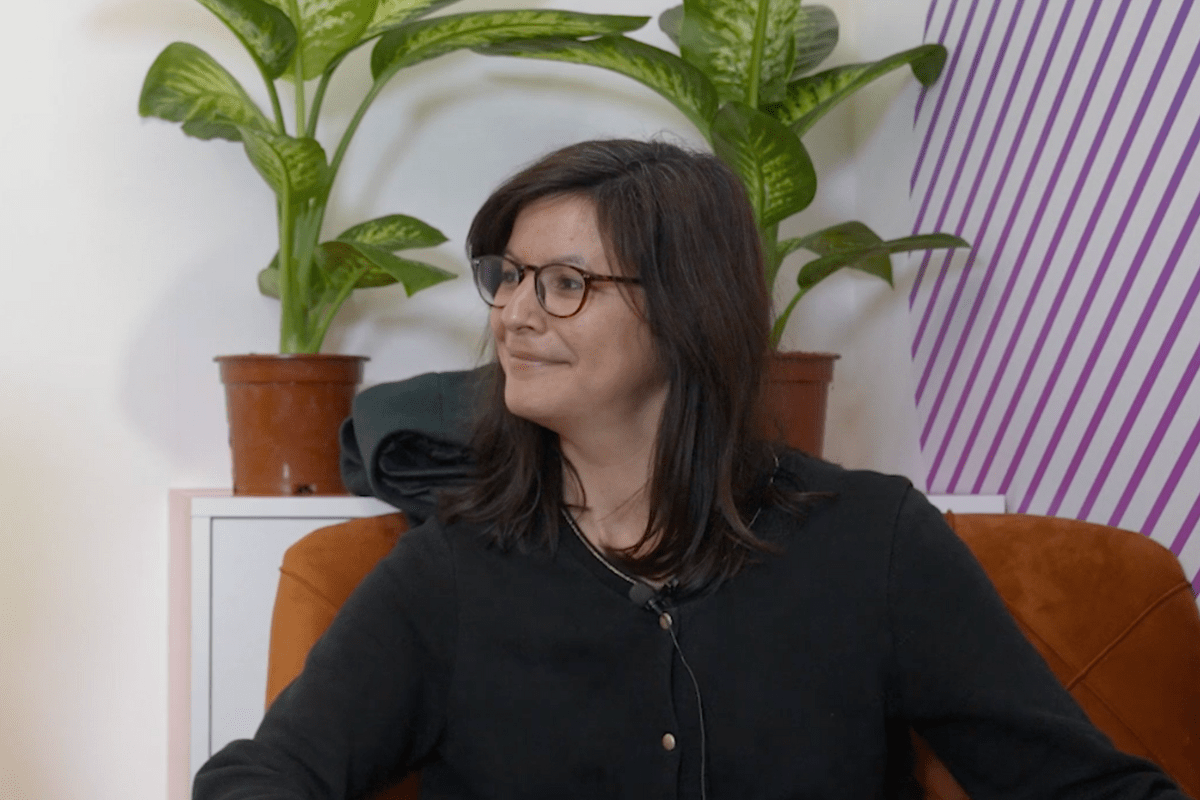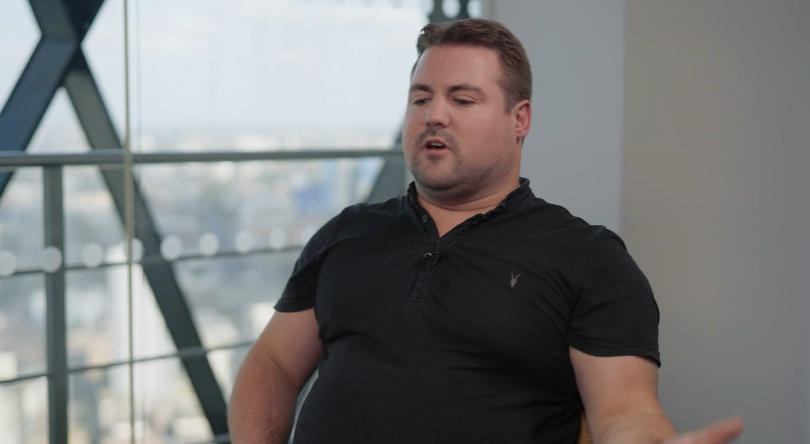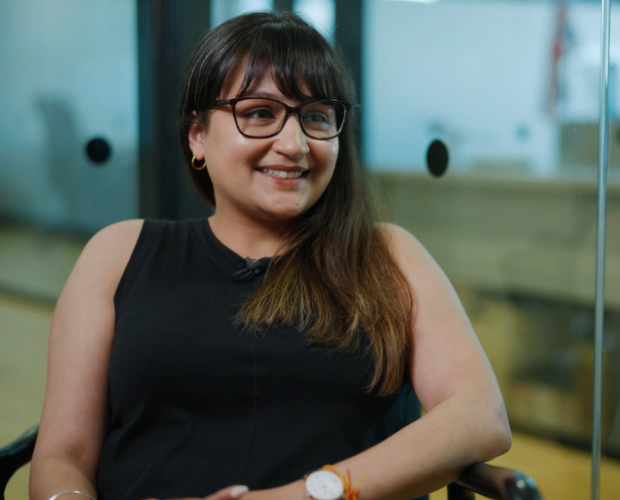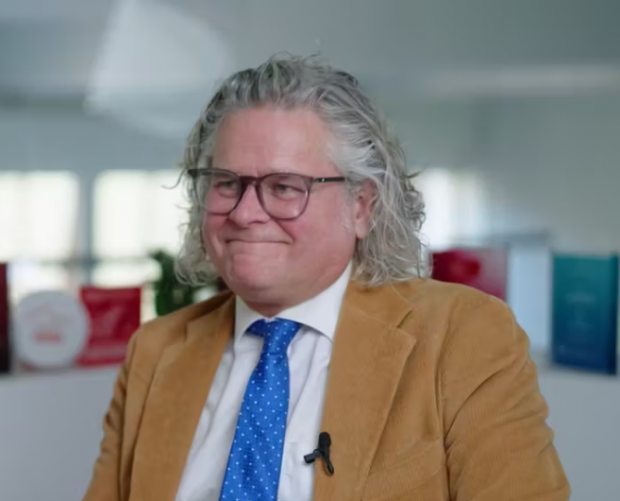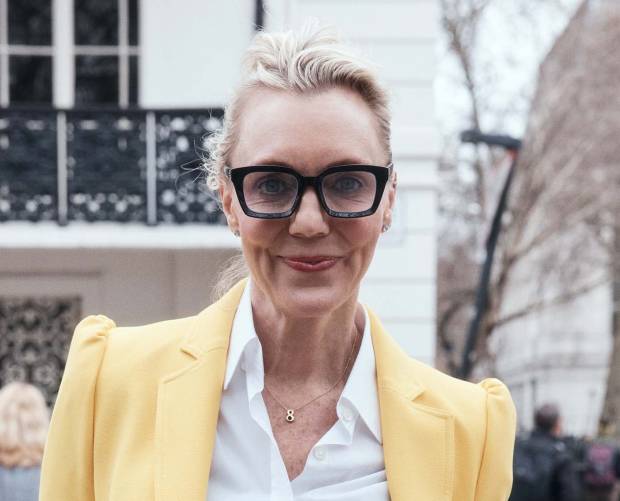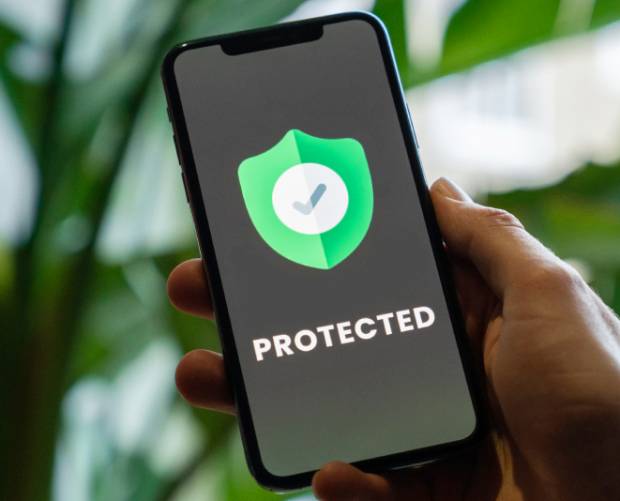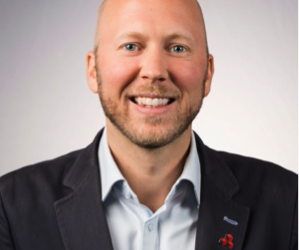 Golden Gekko was one of the UK’s better-known app development firms up until its acquisition by mobile enterprise tech firm DMI in October 2013. Since that time, we’ve heard little from the firm, but last week in London, I caught up with Magnus Jern, DMI’s president of mobile application solutions and Golden Gekko’s CEO prior to the acquisition, to hear what had been happening in the interim, and to talk through a number of issues he’d said he was keen to discuss.
Golden Gekko was one of the UK’s better-known app development firms up until its acquisition by mobile enterprise tech firm DMI in October 2013. Since that time, we’ve heard little from the firm, but last week in London, I caught up with Magnus Jern, DMI’s president of mobile application solutions and Golden Gekko’s CEO prior to the acquisition, to hear what had been happening in the interim, and to talk through a number of issues he’d said he was keen to discuss.
So let’s start with the acquisition Magnus. What’s changed as a result?
“DMI works on mobility strategy with businesses like Addison Lee, Victoria’s Secret, RBS and Warburtons, embracing mobile marketing and branding, mobile app development and mobile analytics. Golden Gekko was best known for mobile apps, but has expanded into a full mobile solutions provider. If you take Virgin as an example, where we are working on their loyalty program, we have been working on everything from discovery concept testing and user experience design and development to big data analytics. These days, our competition is the likes of Fjord, Ustwo, Razorfish and LBi, the sort of companies we used to partner with before the acquisition. We’re working on much bigger projects, with much bigger budgets.”
That, presumably, brings its own challenges.
“Indeed. Sometimes you’re working with a big company like a network operator, they bring in their strategic consultant and then the UX agency, then you have an app development firm offshore and sometime a fourth company working with the data. It stretches the timeline and then you get a lot of blame being thrown around for delays and integration issues.
“With Agile development, we believe no project should take longer than six months or it will be out of date by the time it launches, so we work to five months maximum for a minimum viable product.
You have to have to be an integrated team. The company may have some of the capabilities in house and use us for the rest, but we have to work as one.”
So what would be an ideal project to work on?
“The sweet spot for us is a business transformation project. Often the brief you get is that the client wants to copy their biggest competitor, playing catch-up, but where it gets really interesting is where the client is willing to be brave, as with Addison Lee. They came to us and told us that Uber were killing them. Addison Lee had their first app out but it wasn’t great and they came to us and said: ‘We have 8,000 cars, people trust the brand, our prices don’t go up and down, so how do we play on this?’ We created a proposition for them and in six months, made it work and a year later they were back to improving market share.”
Your contention is that 80 per cent of Fortune 500 mobile apps will fail. Why?
“It’s usually because there is not enough insight around the problem they are solving. They think they just need to be see on the App Store or they want to renew their existing app because it’s four years old, but too often, they don’t think about what the problem is they need to solve, and there are still a lot of problems to solve.
“We see a lot of companies jumping on bandwagons around things like beacons, and also, a lack of end user involvement in the development process because people are afraid to show things to customers, and especially launch things, before they are fully ready. Hence our drive to work on the basis of getting a minimum viable product out there and then improving on it.”
So what real innovation are you seeing on mobile?
“We’re seeing a lot from the sensor space. Two years ago, the cost of putting a sensor into hardware was around $5m in terms of development costs. Fast forward to now and it’s all available off the shelf including hardware, connectivity and online management of the devices. It means it’s feasible to run a pilot for $50k, so we are seeing hundreds or even thousands of startups. A lot will fail of course, but that’s normal.”
The sensor thing is interesting. Some of the case studies I’ve heard around the Internet of Things is really mundane stuff like sensors in litter bins on city streets or in soap dispensers in large office blocks to save people checking when they need emptying or refilling. Very mundane stuff, but with potentially huge cost savings. So do you see the IoT being more of a B2B than a B2C phenomenon?
“I think both sides will be huge. There are so many connected consumer products and many more to come, and cars are also a huge subset of this. The other issue around all this though is data. These connected devices generate a tremendous amount of data and I see companies buying big data software and installing it in SAS or SAP and then they start producing reports, because they can, which is not what leveraging big data is about. It’s about using it to solve business problems. For example, one client of ours is using big data analysis to optimise shipping costs. Some people expect the cost of delivery to be included in the cost of the product, others don’t. It’s a hard thing to personalise it, but if the customer profile looks like a recurring customer with a high lifetime value, then by analysing the data, you might see an opportunity to give them free shipping to keep them loyal.”
Where do you stand on all the hype around Virtual Reality?
“It was huge at Mobile World Congress this year, but was used mainly to grab attention. I didn’t see anything very interesting from a utility point of view outside of games. I am seeing it start to get picked up in real estate and luxury travel in healthcare and training to a lesser degree, but I would say 99 per cent is still about gaming. The challenge is that you need a lot of computing power for a good experience, so it’s not going to happen for a while yet on a mobile device. But I see the appeal form a showroom perspective. For a property agency or a car dealer to give someone the experience of looking round a house or driving a car is really worthwhile.”
And what does the future look like?
“New technology and services always take longer than we forecast to take off, but when they do it goes much faster. So for brands this presents a big challenge, because if they invest too early management loses interest by the time it takes off. So sometimes the best approach is to keep a watching brief without investing too heavily, unless you want to be an innovator. Take mobile payments and wearables as an example. Five years from now, we will all be using mobile devices and wearables for payments, but we’re not there yet. And wearables, outside of health devices, have not found the sweet spot yet. The utility is not really there, which means that for a brand thinking of moving into wearables, there’s not really a good reason to do so.”




